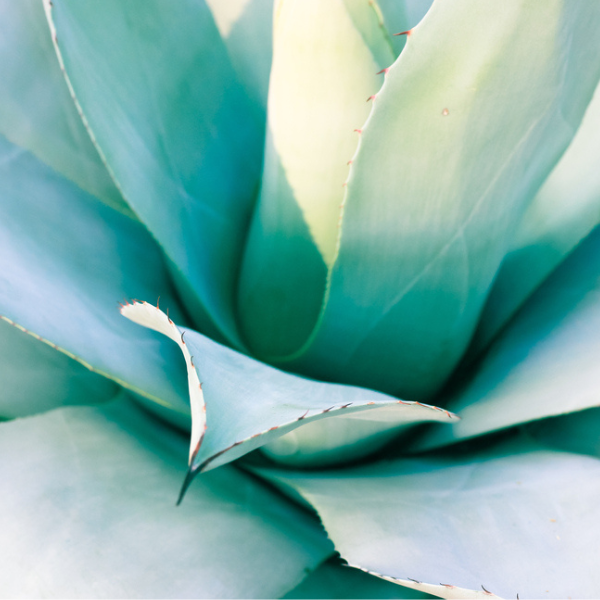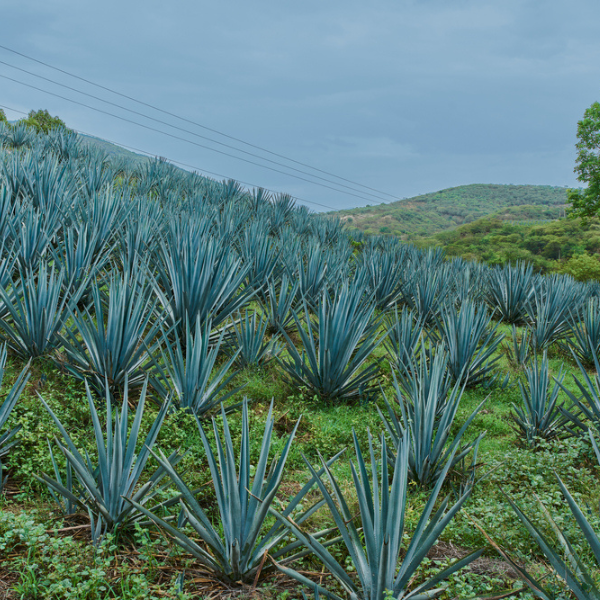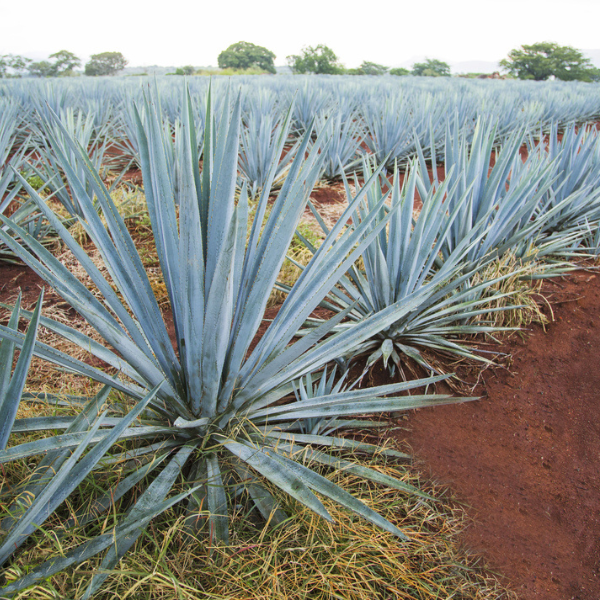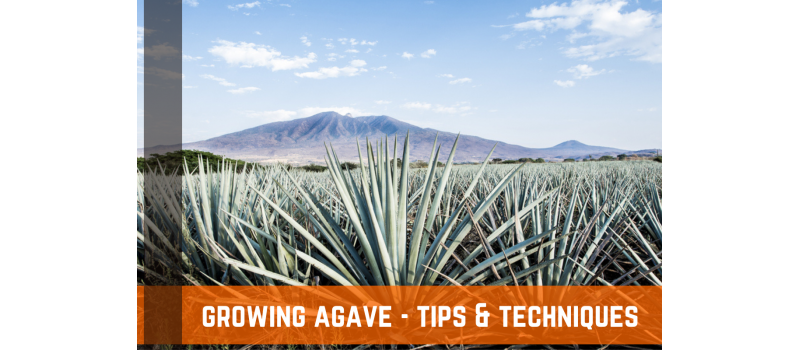Agave is a plant that has therapeutic properties. Its juice, roots, and sap are all utilized in the production of medicine that is effective against cancer, diarrhea, and other conditions. But do you have any idea where it originates?
Agave is a plant that thrives in dry, hot climates. Because of this, certain regions of the United States are ideal for the cultivation of agave. In spite of the fact that this plant thrives in arid conditions, several species of agave can also be found growing in tropical regions of South America.
Everyone is curious about the rate at which agave grows. You'll need to keep reading if you want to discover the answer. We were able to locate all of the items that you are searching for.
How To Grow Agave
Agaves are cultivated for their visually striking foliage. Because of its monocarpic nature, it will only ever produce a single flower for its whole lifespan. Making a sculptural central focus in the yard with just one giant agave is all that is required. It is important to ensure that there is sufficient space to maneuver around it so that no one unintentionally brushes up against the spiky tips.
Agaves can also be used to create an attractive border grouping as well as provide textural contrast when combined with other plants. The use of ornamental grasses in combination with them can help smooth out their sharper edges. In addition, smaller varieties of agave are fantastic choices for growing inside in containers.

The important thing is to provide them with plenty of sunlight and soil that drains effectively. When they are grown in an environment that is favorable to them, they require relatively little more care from you; however, you should check their growth. Agave has a high rate of reproduction, which means it can effectively take over a whole garden and be difficult to eradicate.
As soon as you notice pups or baby offshoots growing on agave plants, remove them so the plants do not continue to expand. When they are still relatively little, they are simple to extract using a hand shovel. Pups can be moved and replanted in other areas. You will need a shovel in order to dig deeper into the ground and remove plants that have a long history of growth. The rhizome roots system of some mature agave plants can be rather extensive, reaching depths of up to several feet.
Care & Maintenance
Light
Light However, they are tolerant of a little bit of shade. They are able to tolerate greater amounts of shade as the temperature rises.
Soil
Agave plants may thrive in almost any type of soil as long as it has good drainage, although they do best in rocky or sandy ground. Root rot, which can be caused by improper soil drainage, can be fatal to a plant. In addition, the pH of the soil should be acidic to neutral for them to thrive.

Water
Agave plants that have reached maturity have a high tolerance for dry conditions. It is only necessary to water them if there has been an extended period of time during which there has been no rain and the soil has become entirely dry. On the other hand, during the first month of a plant's life, you should water it every 4 to 5 days instead of once a week. Then, water the plant once every week, and depending on the amount of rainfall, gradually reduce the frequency of your watering to once every other week.
Temperature & Humidity
The overwhelming majority of agave are unable to survive in frosty conditions and can only be successfully grown in USDA growth zones 8 or 9. However, there are others, like the Agave parryi, that are perennially hardy all the way up to zone 5. In addition, the majority of agaves grow best in dry environments with low levels of humidity. The plant may get crown rot as a result of the high humidity.
Fertilizer
Agave plants normally do not require any form of nutrient supplementation. Feeding an agave plant will stimulate it to flower, but you don't want this to happen too quickly because most agave plants perish after they bloom.

Propagating Agave
Agave plants that have reached maturity will generate what are known as pups, which are little new plants around their base. These pups have the potential to carry on their lineage. This is not only a cost-effective method for acquiring new plants, but it also avoids the established plant from becoming suffocated by an excessive number of young plants. It is possible to reproduce the puppies at any moment, but it is recommended that you wait until they are a few inches in diameter before doing so. How to do it:
- Loosen the dirt all around the pup in order to locate the root that will connect it to the parent plant. Use a pointed trowel to clip that root, taking care not to sever any of the roots that are developing from the pup itself.
- Dig the pup up carefully, being careful to save as much of its roots as you can.
- Put the pup in a cool, shady spot with plenty of ventilation for several days so that the cut in the root can heal and create a callus.
- Place the new plant in a tiny container that has drainage holes and fill the container with succulent potting mix. After giving the soil a very light misting of water, set the container in a sunny and warm location.
- Don't let the soil become completely saturated with water, but keep watering it if the top 1in of the soil dries out. If you want to move the pup outside after a few weeks, it should be ready to make the transition by then.
Pests & Diseases
In most cases, pests and illnesses do not pose a significant threat to agave plants. The agave snout weevil, on the other hand, has the ability to tunnel into the heart of a plant in order to lay its eggs, which will ultimately result in the death of the plant. Regrettably, it is quite unlikely that you will become aware of this until it is far too late to preserve the plant. Instead, you should get rid of the plant to prevent the spread of the pests to any additional agaves you could have.

